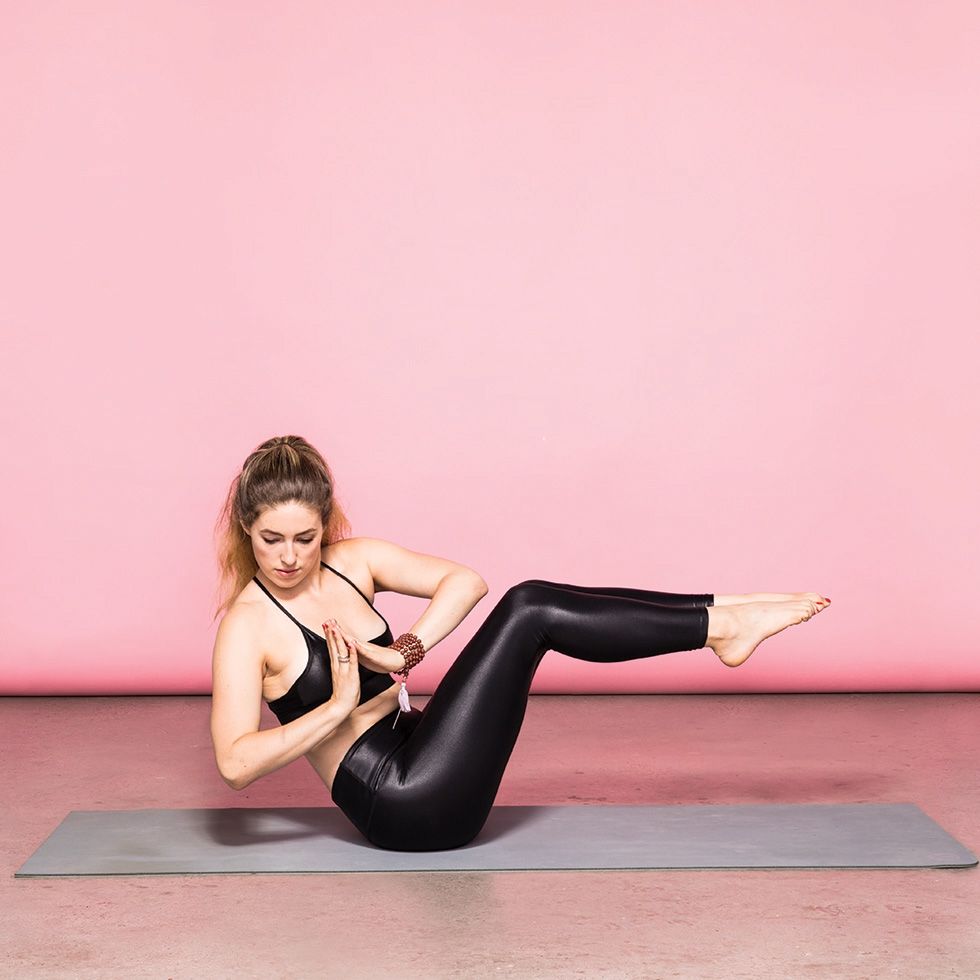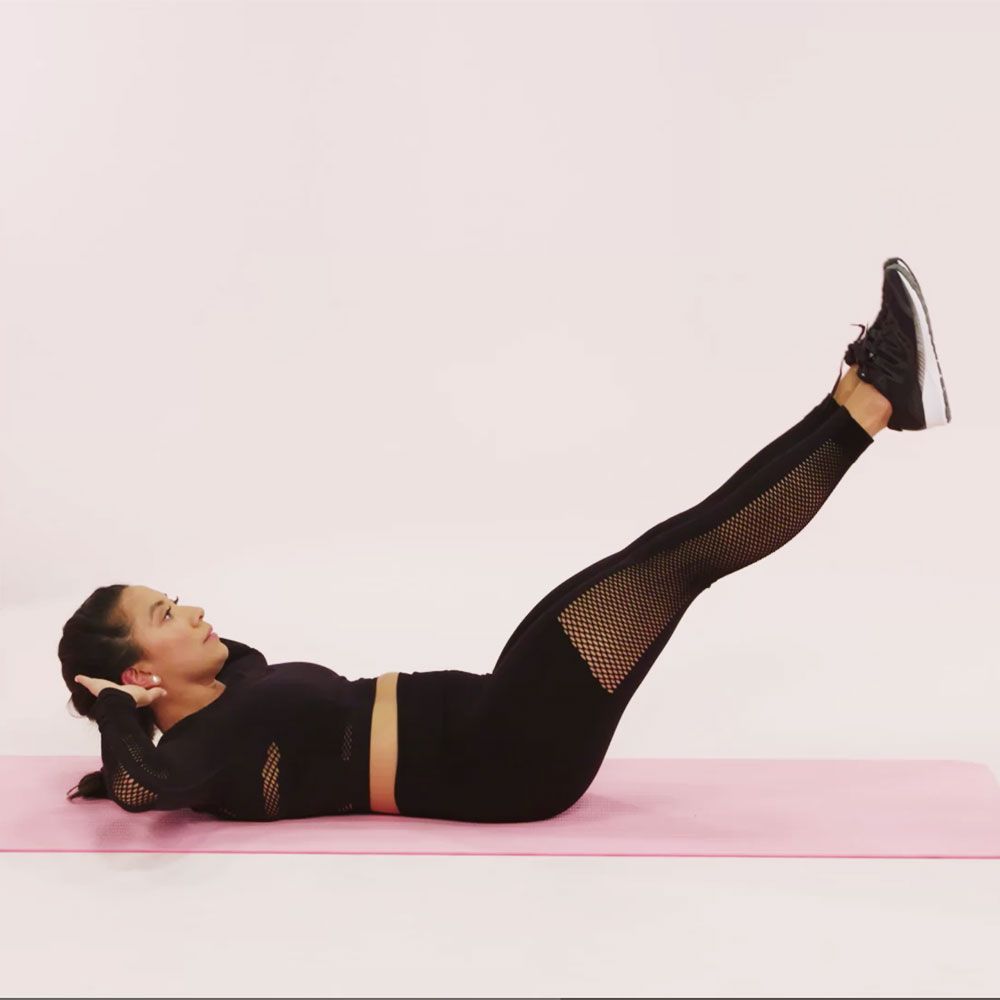
Want an exercise that’ll boost your ab game like a triple Americano boosts your productivity? Look no further than the Russian twist.
“The Russian twist targets all the muscles in your core, making it a great abs exercise when you’re tight on time,” says Peter Donohoe, NASM-certified personal trainer, core strength teacher at The Boston Ballet, and Functional Performance Specialist for Hydrow in Carlisle, MA. Even better, this move strengthens and stabilizes your spine for a core that’s both fit and functional.
How To Do Russian Twists
How to: Sit on the floor and bring your legs out straight. Lean back slightly so your torso and legs form a V-like shape, bracing your abdominal wall to engage your core. Balancing here, twist your torso from side to side without moving your legs. (Demo’d by Instagram-famous trainer Anna Victoria!)
Form tips: Move slowly and breathe, says Donohoe. Don’t disengage your core when fatigue sets in.
Reps/sets for best results: Aim for two to three sets of 10 to 12. (More on that below.)
Benefits Of Russian Twists
Russian twists strengthen your core, obliques, and spine. “It’s a total core exercise that also works your balance, builds stability in your spine, and trims your mid-section all at once,” says Donohoe.
Make The Russian Twist Part Of Your Workout
Most people can include this move in their routine two to three times a week, but if your workout of choice relies on rotational strength (i.e., golf, kickboxing), bump that up to four times a week.



The Russian twist can be incorporated into any ab circuit, but Donohoe likes pairing it with an upper body exercise like a chest press, single-arm dumbbell row, or bent over row.
If the standard exercise is too much for your back or hip flexors, switch to your knees with this modification:
Kneeling on a mat, lean back to roughly a 60 degree angle (you’ll feel where it’s stable) and twist from side to side. This engages your glutes and core but shortens the range of motion, says Donohoe.
If you want an extra challenge, try adding some weight—a medicine ball or dumbbell will work. But if your hip flexors feel strained—a sign your core is exhausted and no longer engaged—Donohoe recommends ditching the weight and/or lowering your reps.
Source: Read Full Article